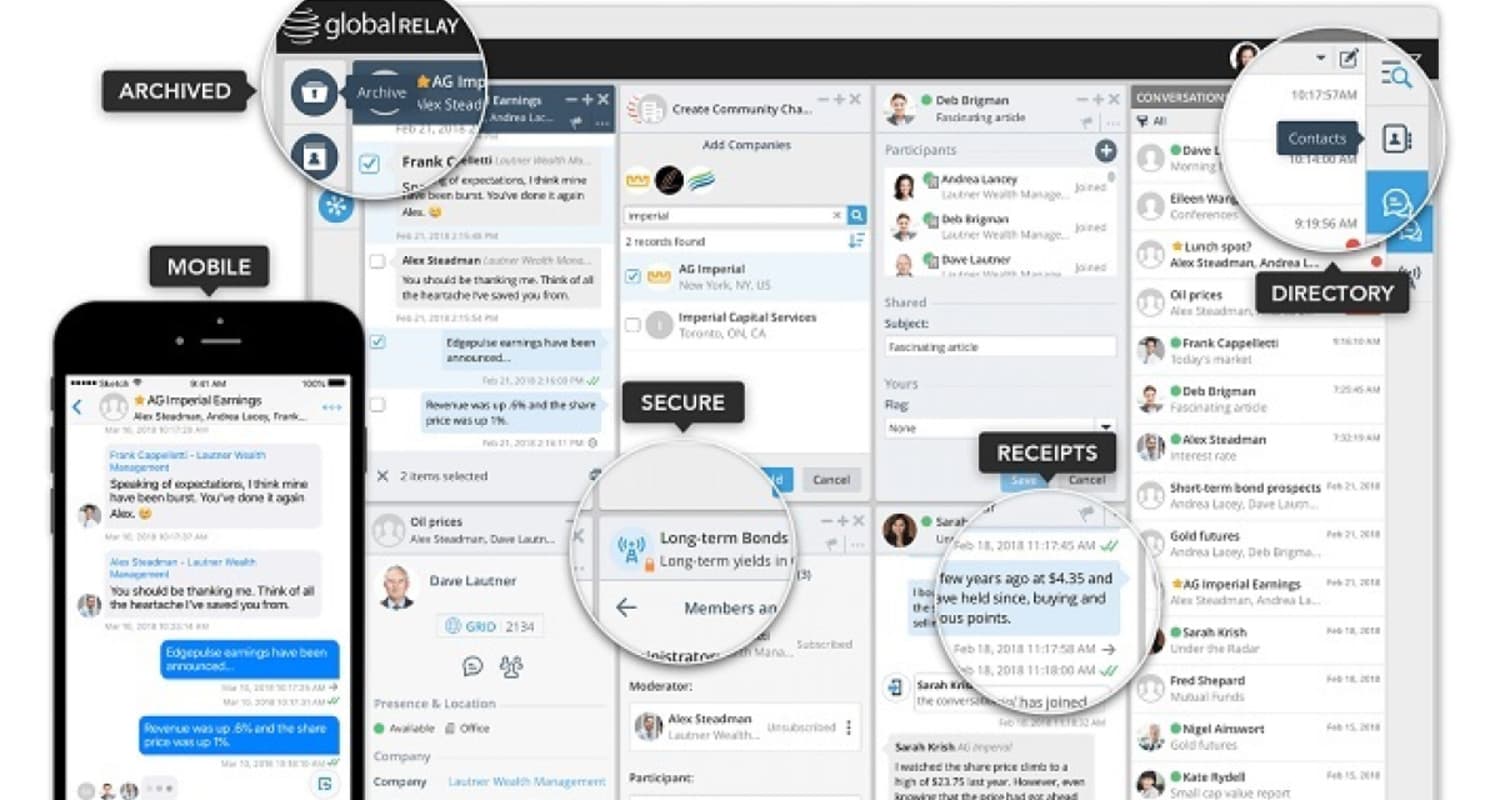Case StudyStream Team: Product Team Alignment - Achieving Cross-Discipline Team Alignment at Global Relay
Global Relay, a company specializing in compliance archiving and information governance, faced significant challenges in aligning a large, diverse team of 50 professionals spanning various disciplines, including product managers, engineers, testers, data scientists, analysts, UX researchers, designers, strategists, and agile managers. The diversity of roles and expertise often led to fragmented efforts, miscommunication, and a lack of cohesive direction. The company recognized the need for an effective strategy to ensure that all team members were aligned and working towards the same goals, thereby enhancing collaboration and project outcomes.

The Solution
To address these alignment challenges, Global Relay implemented a structured approach using vision maps, as shared by Laura Dantonio, Lead UX Designer at Global Relay:
- Vision Maps for Shared Understanding:
- Developed vision maps to create a shared understanding of the project goals, milestones, and outcomes across all team members.
- Used vision maps as visual tools to illustrate the project's big picture, aligning everyone’s efforts towards common objectives.
- Cross-Discipline Workshops:
- Conducted workshops involving all disciplines to collaboratively create and refine vision maps.
- Ensured that each discipline's perspectives and expertise were incorporated into the vision maps, fostering a sense of ownership and commitment.
- Regular Alignment Meetings:
- Held regular alignment meetings to review progress against the vision maps and address any deviations or challenges.
- Used these meetings to reinforce the shared vision and adjust plans as needed based on feedback and evolving project requirements.
- Clear Communication Channels:
- Established clear communication channels to facilitate continuous dialogue among team members from different disciplines.
- Leveraged digital tools and platforms to keep everyone updated on project developments and changes.
- Leadership Support and Involvement:
- Ensured active involvement and support from leadership to endorse the vision mapping process and reinforce its importance.
- Leaders participated in workshops and alignment meetings, demonstrating commitment to the shared vision.
Outcomes achieved
By utilizing vision maps and fostering cross-discipline alignment, Global Relay achieved notable improvements in team collaboration and project outcomes:
- Enhanced Collaboration:
- Vision maps provided a common framework that enhanced collaboration among diverse team members, ensuring that everyone was aligned and working towards the same goals.
- The collaborative workshops and regular alignment meetings broke down silos and promoted a culture of open communication and teamwork.
- Improved Project Clarity:
- The visual nature of vision maps made project goals and milestones clear and accessible to all team members, reducing misunderstandings and misaligned efforts.
- Team members had a better understanding of how their individual contributions fit into the overall project, leading to more focused and effective work.
- Increased Engagement and Ownership:
- Involving all disciplines in the creation and refinement of vision maps increased engagement and a sense of ownership among team members.
- The inclusive process ensured that everyone's expertise was valued and integrated into the project strategy.
- Better Adaptability and Responsiveness:
- Regular alignment meetings allowed the team to quickly address challenges and adapt to changes, maintaining momentum and minimizing disruptions.
- The continuous feedback loop ensured that the project remained aligned with its objectives and could respond effectively to new insights and requirements.
- Stronger Leadership Support:
- The active participation of leaders in the vision mapping process reinforced its importance and provided the necessary support for successful implementation.
- Leadership endorsement helped sustain the alignment practices and integrated them into the team's standard operating procedures.
